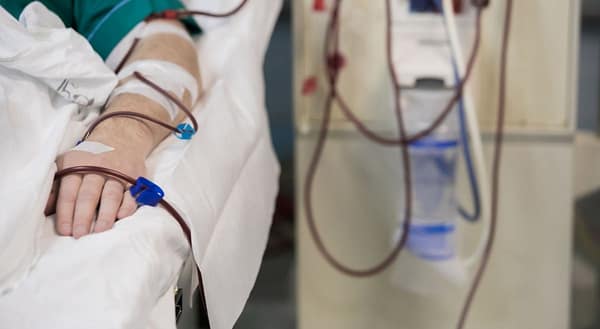- Home
- Blog
Oxygen Alliance Blog

The $30,000 Question: Tackling the Dialysis Crisis in LMICs Through Smart Equipment Management
Chronic kidney disease (CKD) is a silent epidemic, affecting an estimated 850 million people worldwide. The vast majority, nearly 80%, live in low- and middle-income countries (LMICs), where access to life-saving treatment like dialysis is tragically limited. Annually, over one million people die for lack of access to dialysis. The cost is a major barrier; a single year of hemodialysis can cost over $30,000 per patient, a figure that is often more than 20 times the average GDP in many sub-Saharan African nations. Beyond the staggering

The Last Mile of Lifesaving: How Innovative Maintenance is Keeping Oxygen Flowing in Malawi
In the global effort to end preventable deaths from a lack of oxygen, the oxygen concentrator has emerged as a game-changing technology, especially in low-resource settings. These devices, which produce medical-grade oxygen from the ambient air, are a lifeline for patients in hospitals and clinics across Africa and Asia.

The Hidden Epidemic: Up to 50% of Medical Equipment in Developing Countries is Broken. Here’s How We Fix It.
In the mission to advance global health, we often celebrate the arrival of new medical technologies: the MRI machine, the ventilator, the infant incubator. We must also consider what happens after the ribbon-cutting ceremony. The shocking reality is that in many low- and middle-income countries (LMICs), a staggering percentage of this vital equipment, in some regions as high as 50%, is out of service. This is a systemic failure, resulting in cancelled procedures, delayed diagnoses, and preventable deaths. As our foundational webinar, “Introduction to Medical Equipment

Oxygen Alliance Newsletter | Q1 2025 |🚀 Building Momentum for Resilient Healthcare
Welcome to our first quarterly update for 2025! The start of this year has been marked by significant momentum, building upon the foundations laid in 2023 and 2024. It also unfolds against a backdrop of significant global shifts, including an evolving funding landscape that challenges traditional approaches. With this call towards greater efficiency, and recognizing this global shift, we are evolving, adapting, and innovating. We are moving beyond “business as usual” while remaining focused on our mission of building sustainable, resilient healthcare systems in low- and


